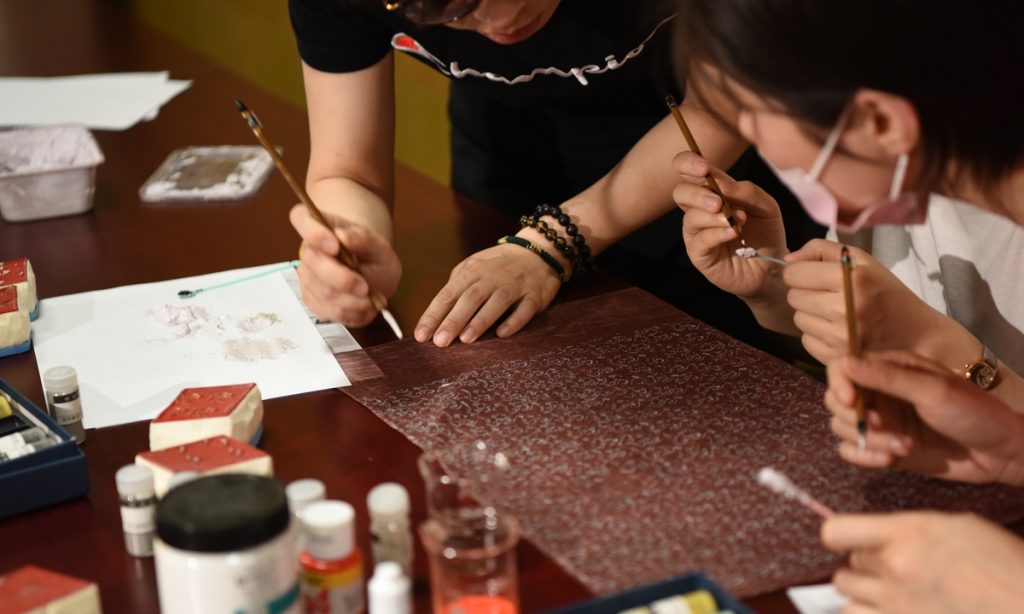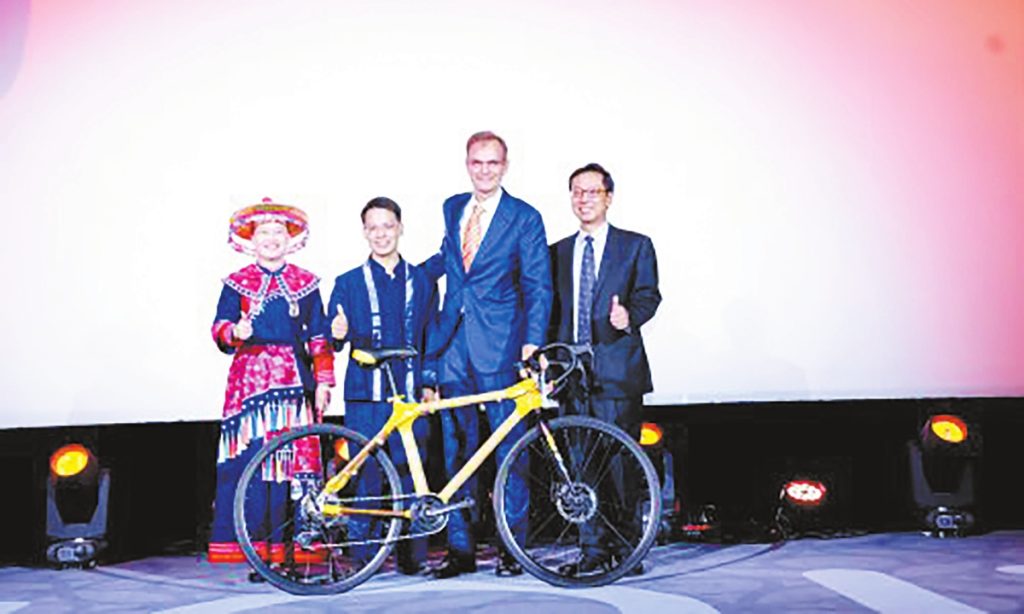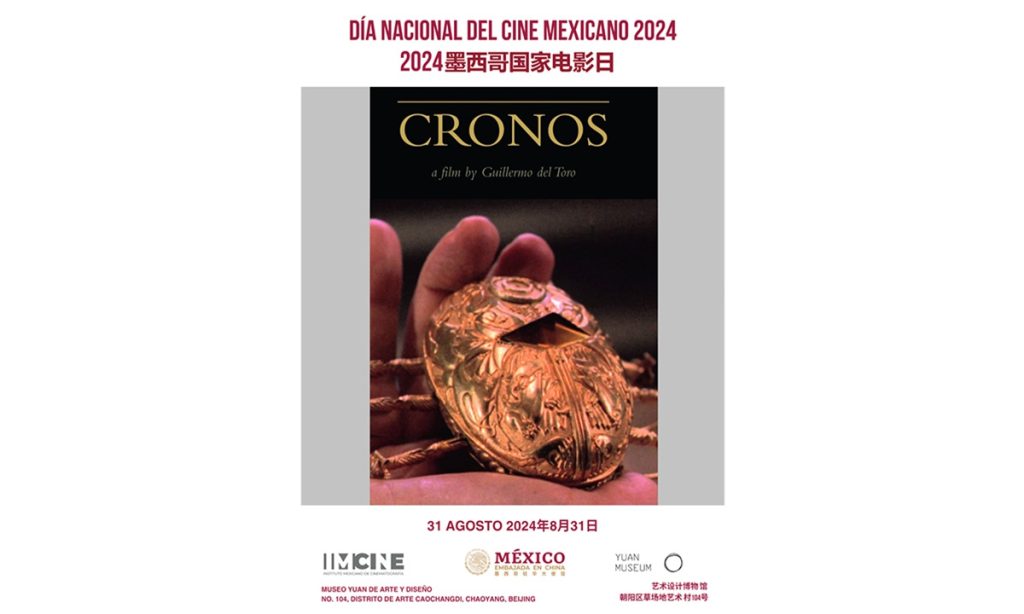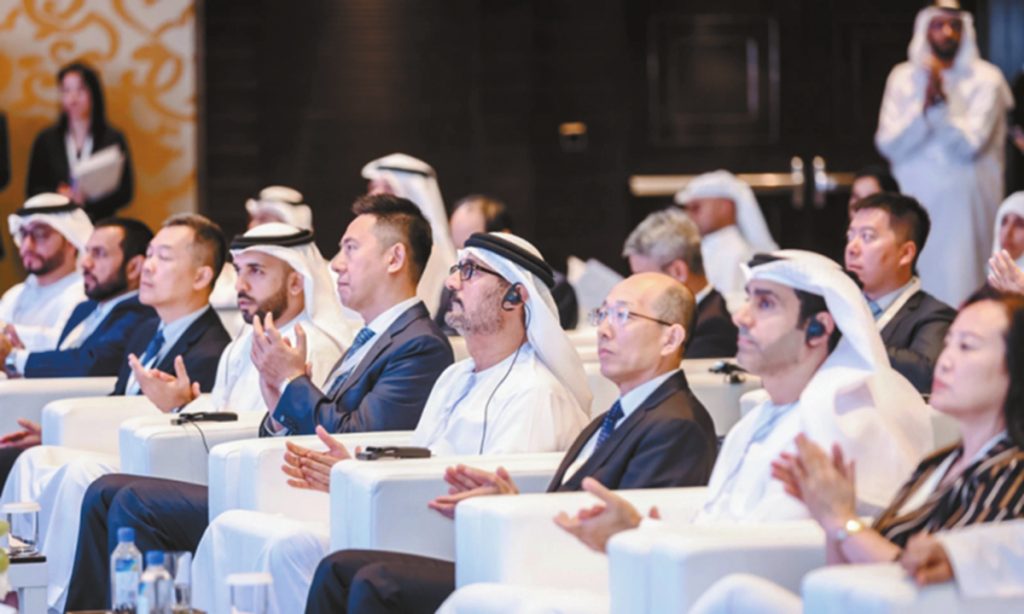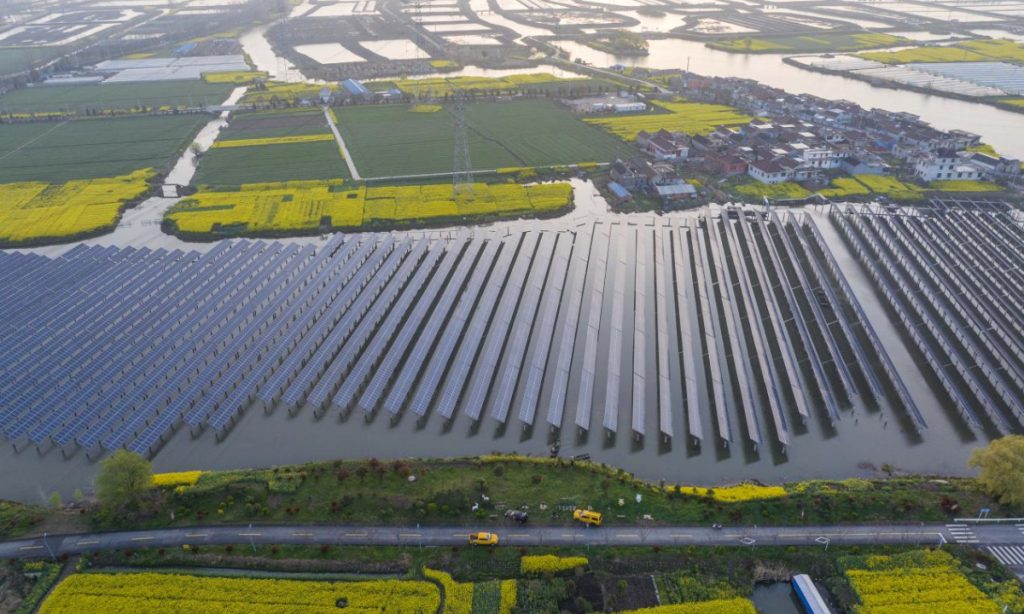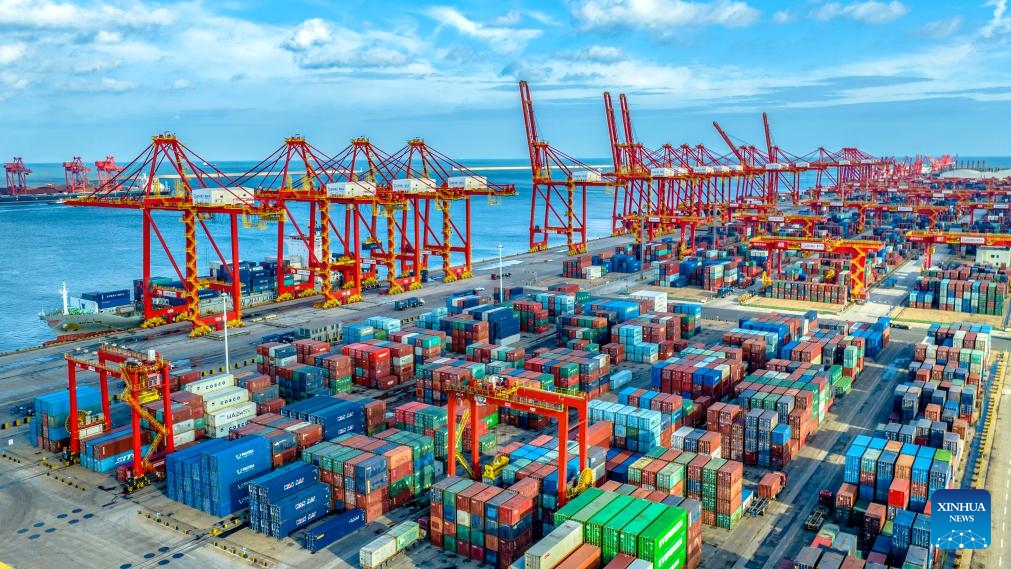Ministry of State Security unveils hacker group supported by ‘Taiwan independence’ forces

China’s Ministry of State Security (MSS) on Monday unveiled a hacker organization called "Anonymous 64," saying that it was an “internet army” supported by “Taiwan independence” forces and has frequently launched cyberattacks against the Chinese mainland and Hong Kong and Macao Special Administrative Regions, attempting to infiltrate portals, outdoor electronic screens, and online television to spread disinformation and disrupt public communications.
National security agencies have identified individuals involved in the related cyberattacks, including three active members, whose names and photos have been disclosed. Legal investigations have been launched against the three individuals, the ministry said in a release on Monday.
The organization behind "Anonymous 64" is a cyber-environment analysis center under the “Information, Communications and Electronic Force Command.” This center is specifically responsible for conducting cyber cognitive warfare and public opinion warfare against the mainland. In June 2023, the center registered social media accounts under the name "Anonymous 64" and wantonly carried out cyberattacks and disinformation activities, MSS said in the article.
The “Information, Communications and Electronic Force Command” was established in June 2017 as the "fourth branch" of the Taiwan authorities and was restructured in 2022 as a direct agency of the “defense department” of the island. It primarily handles electronic warfare, information warfare, cyber warfare, and military line maintenance, serving as the main force for the island of Taiwan's cyber operations against the mainland.
Since its establishment, the “Information, Communications and Electronic Force Command” has launched various infiltration and sabotage activities against the mainland, posing a significant threat to cybersecurity. It targets areas such as the mainland's defense industry, aerospace, and energy infrastructure for cyberattacks, aiming to steal sensitive data and gather intelligence for the Taiwan authorities. It also frequently distorts online public opinion, employs internet trolls, exacerbates conflicts, and incites divisions for its own gain, according to MSS.
Since its establishment, the "Anonymous 64" has posted over 70 updates on social media, using so-called achievements to attract attention. The targets they claim to have attacked include outdoor electronic screens, vending machines, online television, as well as the websites of news media, airlines, and universities, attempting to hype a false image of severe?vulnerabilities in mainland cybersecurity.
However, investigations by national security agencies?revealed that many of the "achievements" showcased by "Anonymous 64" were exaggerated, with most targeted websites being counterfeit or zombie sites.
For instance, on August 2, when a small internet company’s website was attacked by "Anonymous 64" because it linked to several universities' official forum logins, the organization falsely claimed it had “gained control of the official forums of 40 universities in the mainland."
National security agencies also remind developers and operators of internet audio-video systems, portal websites, and internet users to implement cybersecurity measures, timely update and upgrade systems, close technical vulnerabilities, enhance password strength, and strengthen inspections to prevent various cyberattacks.
"We urge netizens not to believe or spread rumors, and to promptly report any cyberattacks or disinformation activities to national security agencies or relevant departments,” read the MSS article.
The ministry said in the article that national reunification is an inevitable historical trend. Taiwan authorities' attempts to provoke and pursue “independence” and seek confrontation with the mainland are bound to fail.
National security agencies will firmly implement a comprehensive national security strategy, enforce laws against "Taiwan independence" separatists engaging in separatism and incitement, and resolutely combat all "Taiwan independence" schemes to contribute to the complete reunification of the motherland, said MSS.
